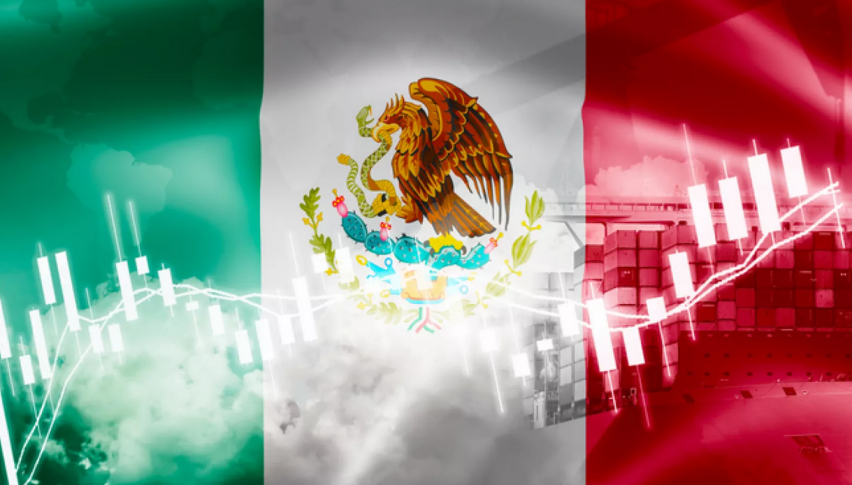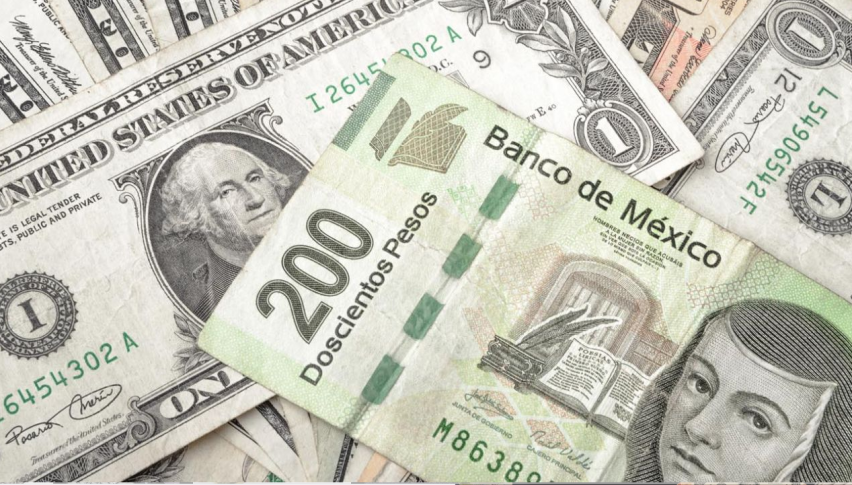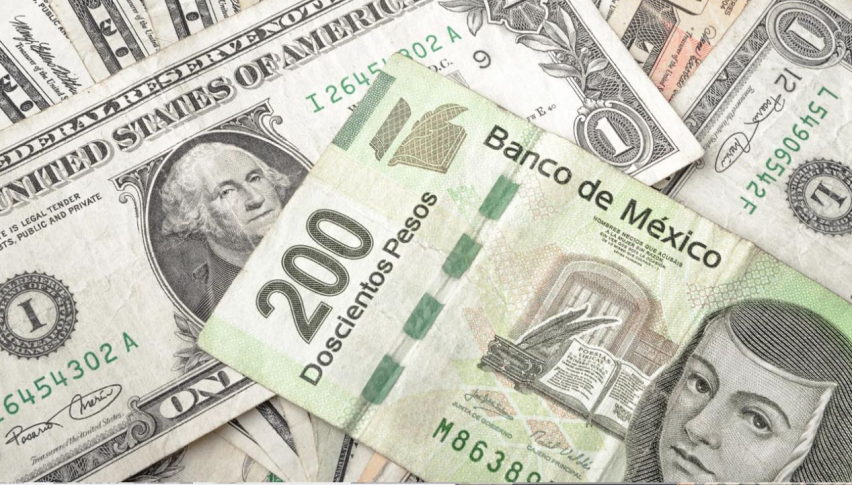The Mexican peso is the national currency of Mexico, which is also known by the code MXN. The Mexican peso is made up of 100 centavos, and it is usually represented with the symbol $ or Mex$. The word peso originates from the Mexican word ‘pesos’, which means ‘weights’ and refers to gold or silver weights.
From a historical view, originally, the peso was based on the official currency of Spain, the real, which was the Spanish dollar minted in silver. The Mexican name comes from the most common identification of the currency, the silver 8-real coin, which remained in circulation until the mid 19th century. In 1863, the first coins denominated in centavos, worth one-hundredth of a peso each, were produced. These coins remained in circulation until the mid-20th Century, but their gold content was reduced substantially over time.
What is the USD/MXN (US Dollar/ Mexican peso)?
The USD/MXN stands for the US dollar versus the Mexican peso (USD/MXN) currency pair, which tells how much the US dollar is worth when measured against the MXN. The USD/MXN is considered an exotic pair. However, the Mexican peso is one of the most heavily traded currencies among the currency pairs that include the US dollar. Mexico has and the emerging market’s currency. Apart from this, the USA and historically close relations as trade partners also tend to increase the worth of this currency.
It is also worth mentioning that the USD/MXN currency pair normally trades from Sunday evening to Friday afternoon in the United States, which offers useful opportunities for the traders. However, volume and volatility can fluctuate considerably in each 24-hour cycle, with spreads (the difference between bids and asks) widening during quiet periods and narrowing during active periods. Besides this, the ability to open and close positions at any moment could be considered as one the key benefits on the forex market; the majority of trading strategies unfold during active periods.
As we are all well aware, Mexico is the 9th-largest oil producer in the world. This, in turn, ties Mexico to its natural resources. However, the Mexican peso strongly correlates with other commodity-based currencies, including the Brazilian Real (BRL) and Colombian Peso (COP). This relationship strengthens the importance of energy fluctuations and data that move crude oil and natural gas futures markets.
Major Factors that Influence the USD/MXN Currency Pair
The value of the USD/MXN currency pair is mainly affected by geopolitical and global sentiment, like many emerging market currencies. Usually, when global volatility is low, the peso appreciates, as seen in the years after the Great Slowdown. Let me remind you that the slew of accommodative central bank policy initiatives saw volatility fall, and the peso’s value slowly climbed. After the crisis, the value of the Mexican Peso increased by as much as 30 percent against the greenback. On the contrary, the value of the peso also dropped by 20 percent in three months, mainly due to the election of President Donald Trump, which boosted the volatility and contributed to the currency’s losses.
Current USD/MXN Price: $
Historical Data Tables:
USD/MXN Historical Price Data
| Date | Price | Open | High | Low | Change % |
|---|
Monthly Change
| Date | Price | Open | High | Low | Change % |
|---|
Higher Interest Rates:
The higher interest rate could be considered one of the key factors impacting the Mexican Peso. It should be noted that the peso was paying approximately 8% in interest per year in 2019, compared to around 2% for the US dollar. This, in turn, undermined the value of the Mexican currency. For many years, the Mexican peso produced higher returns than the US dollar, because of higher interest rates.
Proximity to the United States:
Mexico and the United States share a border, and a relationship that extends to broad trade agreements and immigration disputes. However, the physical closeness tends to have an extra impact on the value of the peso. Highly prosperous border regions engaging in commercial interactions increase the liquidity of the Mexican Peso.
It is worth recalling that the USD/MXN currency pair offers a natural currency play in the market, and it is also the most liquid MXN pair, as we have already mentioned. Apart from this, the United States exported $ 256 billion in goods to Mexico in 2019, while importing goods to the value of $ 358 billion, eventually adding meaningful liquidity to the currency. This balance of trade (BOT) showed some fluctuation in the last decade, and the shifting ratio had an impact on the relative value.
Crude Oil:
WTI Crude Oil prices could also be considered one of the major factors affecting the Mexican peso, as Mexico’s vast oil reserves provide collateral for financing. The capital from borrowing allows the government to obtain funds for domestic spending programs. However, international lenders prefer to invest and assume risks in petroleum-dominated countries when crude oil prices are high. The relationships between the Mexican Peso and oil also make it an excellent way to speculate on oil prices.
Let me remind you that, as a nonmember oil producer, Mexico has been hard hit by an OPEC supply buildup. This has added to the pressure generated by the decline in oil prices after 2013. The dramatic fall in oil prices in early 2020 undermined the value of the peso.
Economic Data:
Economic data, such as the Consumer Price Index (CPI), Gross Domestic Product (GDP), Trade Balance, Retail Sales, Labour Force Survey (the Canadian unemployment statistics), Consumer Price Index and Industrial Price Index have a great influence on USD/MXN prices. This data is important for one to understand the stock market, and especially the direction of the MXN.



